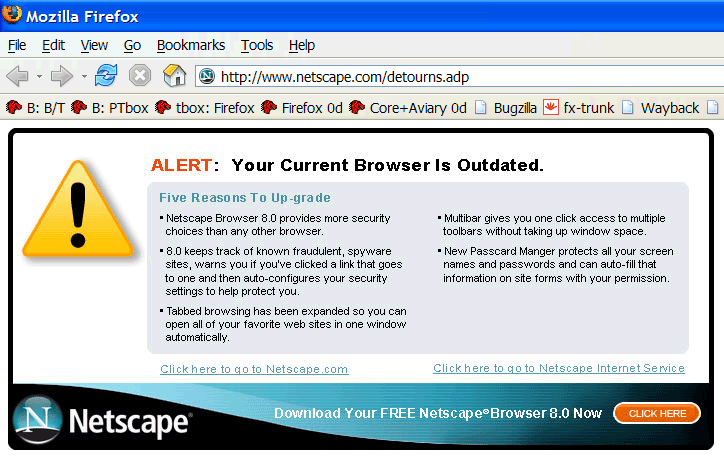Abstract Dan Cederholm’s Web Standards Solutions: The Markup and Style Handbook is a must read for those who are relatively new to web authoring and also for those who have been doing it for years, but are still authoring web sites using table-based layouts without or using minimal CSS. Without invoking the argument that standards … Continue reading “Book Review: Web Standards Solutions”
Abstract
Dan Cederholm’s Web Standards Solutions: The Markup and Style Handbook is a must read for those who are relatively new to web authoring and also for those who have been doing it for years, but are still authoring web sites using table-based layouts without or using minimal CSS.
Without invoking the argument that standards compliance is theologically better, Cederholm shows not only why standards compliant layouts are more practical, but also how practical standards compliant code can be authored.
He shows designers that standards compliance is not an end in and of itself, but is a tool that can and should be used in order to make website maintainence both painless and forwards-compatible through the separation of content (XHTML) and presentation (CSS).
Who should read this book?
This book is not for everyone. If you’ve never seen (X)HTML and/or CSS before, don’t expect to understand much of this book. The text assumes that the user has a basic understanding of both XHTML and CSS, and aims to show through examples why one implementation is better than another, but does not usually introduce the XHTML tags being used. In other words, this book will not teach you XHTML/CSS.
If you’ve been using (X)HTML and CSS for a couple of weeks, you’ll feel right at home.
What will I get out of reading this?
The format of the book is rather simple. The book is split into two parts. The first (and larger) part is dedicated to understanding how to write semantically-rich XHTML markup. The second part introduces the application of CSS for styling the XHTML. It doesn’t dwell on aesthetic considerations, but rather focuses on practical aspects of CSS-based design.
Most of the chapters follow the same format, which is based on Cederholm’s SimpleQuiz series. He first introduces a usage case, and then provides three or four different methods of coding that particular usage case. He then discusses the pros and cons of each method and summarises them neatly at the end of each chapter. Following the summary, most chapters have an “Extra Credit” section where further ways to extend the best method are discussed. In the first part of the book about XHTML markup, these sections typically include methods for using CSS to bring the plain XHTML markup to life.
The first part of the book discusses the following topics: Lists, Headings, Tables, Quotations, Forms, Anchors, Phrase Elements (such as <b>, <strong>, <i>, <em>, etc.) and finally how to minimise semantic markup by reducing unnecessary classes and <div>s.
The second part of the book discusses the following topics: the best methods for applying CSS to a document, stylesheets for different media, multi-columnar CSS layouts, image replacement of text, styling text, and styling the <body> tag.
Some of the more interesting things I learned from the book were:
- How to create images that appear to change colour when you change the colour of your site using CSS.
- How to style the
<body> tag to show different layouts (for example, two-column versus three-column) while using the same CSS file.
- How to serve different CSS files to different browsers.
- How IE5 on Windows incorrectly parses its box model, and how to work around its incorrect parsing.
There are of course other things I learned as well, but I’m not going to repeat the contents of the entire book here.
Conclusion
If you’re new to web authoring but already have a basic grasp of HTML and CSS, or if you’re an experienced web designer but haven’t yet learned the ways of separating content from presentation, this book is for you.
If you’re interested in learning how to create sites that are easy to maintain and will be forwards-compatible with tomorrow’s software, then you should consider the methods that Cederholm describes.
Certainly, much of the information in this book can be had by scouring the web. But there are some things discussed that I hadn’t seen elsewhere, and it’s always useful to have information compiled in a logical and understandable manner, which is exactly what Cederholm does.
For more information about the book, head over to the book’s website where you can read the table of contents and a sample chapter. If you’re located in North America, use this link to buy the book.
Next on my reading list is Dave Shea and Molly Holzschlag’s book, The Zen of CSS Design.
